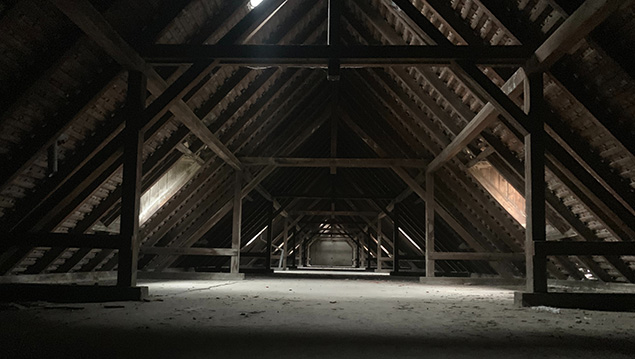Getting Your Roof Ready for Summer: A Checklist
The summer months can be very hard on roofs in Texas. Here are 7 steps you can take to make sure your roof is ready for summer.
Summer is an unforgiving time in Texas, with temperatures routinely rising above 100 degrees and humidity at levels reasonably described as “tropical.” Your home’s roof takes abuse from the elements year-round, but summer is when it truly proves its worth. You want to make sure your roof is in peak condition to do its job this summer.
The following checklist gives you an idea of some signs that your roof needs attention before the hottest days of summer get here. If you have questions or concerns about your roof, an experienced roofing contractor can take a look and make any necessary repairs.
What dangers do roofs face in the summer?
High heat and humidity can damage a roof faster than ordinary wear and tear. Texas in the summer has both heat and humidity to spare. UV rays can cause roofing materials to age more quickly, reducing their effectiveness. In combination with heat, this can cause shingles to break down.

Photo by Jeremy Bezanger on Unsplash
Asphalt shingles are designed to reflect some sunlight away, but their dark color means that they still absorb heat from the sun. Other types of shingles, such as clay or slate, can also suffer in the sunlight.
In some parts of Texas, temperatures can vary widely from daytime to nighttime. A roof that absorbs a large amount of heat during the day can experience thermal shock if it cools off quickly after the sun goes down. Constant changes in temperature can weaken a roof’s structural integrity.
Humidity can cause condensation in enclosed spaces, such as underneath loose shingles or damaged flashing. This can lead to water damage, wood rot, and mold.
None of this information needs to be cause for alarm, however dire it might sound. As long as you keep an eye on your roof and call for help as soon as you see a problem, you can keep everything in good working order.
Summer roof checklist
The following 7 steps can help you identify any potential problems that might lead to even greater problems in the summer months.
1. Look for signs of leaks
You might find signs of roof problems inside your home. Look for signs of water damage, such as:
- Wet patches on ceilings, walls, or floors
- Water stains on walls or ceilings
- Bulging or peeling paint
- Musty or mildew-y odors
- Mildew or mold on ceilings or walls
Any of these could be signs of a roof leak. They could be due to other problems, though, such as a plumbing leak. Either way, you need help immediately, A professional can trace the source of water damage.
2. Check attic ventilation

Photo by Max Nüstedt on Unsplash
Your attic needs good ventilation in order to avoid the buildup of both heat and humidity, which could lead to further damage. Check to see if the attic vents are clear.
3. Check attic insulation
The insulation in your attic helps keep your home cool in the summer and warm in the winter. Federal, state, and local regulations specify how much attic insulation homes need. Look for any visible damage to the insulation from moisture, pests, or other causes.
4. Inspect the eaves
If you have wood rot in your roof or walls, you might be able to see it by inspecting the underside of the eaves. This is also a popular area for various pests. Wasp nests tend to be highly visible under the eaves. Less-obvious signs of pests in that area include small holes or gnawed wood.
5. Inspect shingles and flashing

Photo by Ellie Burgin from Pexels
Inspecting a roof is dangerous and best handled by a roofing professional. If you have a ladder and some safety equipment, you can conduct a basic visual inspection of your roof. You should report any problems you find to a professional right away.
Problems on your roof could include:
- Peeling or curling shingles
- Shingles with missing granules
- Cracked or broken shingles
- Missing shingles
- Bent or misshapen flashing
- Cracked or broken flashing
- Missing flashing
Any of these issues could lead to serious roof damage if not repaired promptly.
6. Check and clean gutters
Gutters channel water away from the roof. If a gutter is clogged with debris, water may pool around the edge of the roof and cause damage. A broken or leaking gutter can allow water to flow back towards the roof.
7. Trim overhanging trees
Branches and tree limbs that hang over your roof can damage the shingles if they fall. They can also damage the roof if they hang low enough to make contact. Leaves that fall onto the roof can attract bugs or allow moisture to build up.
Don’t wait for a roof inspection this summer
RoofCrafters’ skilled professionals provide unmatched workmanship and service to homes and businesses in the greater Austin area. We can help you prepare your roof for the hot Texas summer. Contact us today to schedule your roof inspection.
